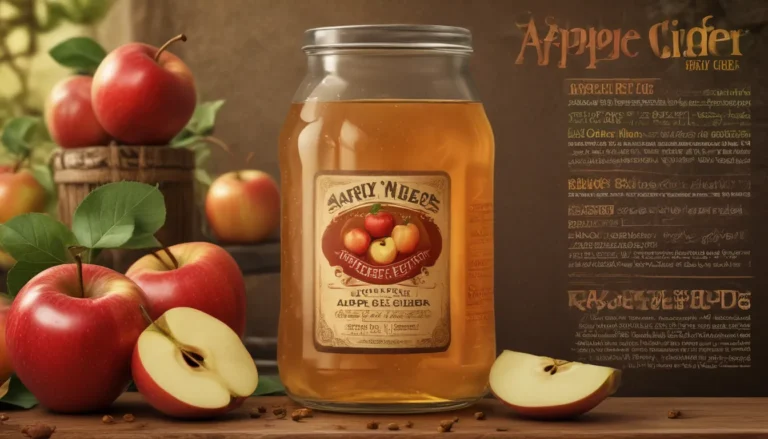The pictures in our articles might not always show exactly what the text is talking about. We use these images to make the article more interesting and eye-catching. They are there to add to the text, but not to replace it or show every detail.
Embark on a captivating journey through the realm of mind-altering substances, as you uncover the secrets of LSA. Whether you are curious about the science behind this compound or interested in exploring its potential therapeutic applications, this article will provide you with a comprehensive overview of LSA. Let curiosity be your guide as we delve into the mysterious and intriguing universe of psychedelics.
The Origins and Chemical Structure of LSA
Originating from morning glory seeds, LSA (lysergic acid amide) is a naturally occurring psychedelic compound closely related to LSD. Belonging to the ergoline family of compounds, LSA shares a similar chemical structure with LSD and is considered a precursor to the well-known hallucinogen. These vibrant flowers contain a high concentration of LSA within their seeds, making them the primary natural source of this fascinating compound.
The Historical and Cultural Significance of LSA
For centuries, LSA has been used in traditional shamanic practices and rituals, especially among various indigenous cultures in Mexico and Central America. It holds a deep spiritual significance for these communities and plays a significant role in their history and cultural practices.
The Effects and Overlapping Effects of LSA
LSA is known to induce altered states of consciousness, including vivid visual hallucinations, enhanced creativity, and profound introspection. Its effects can vary significantly depending on dosage and individual sensitivity. Due to their similar chemical structures, LSA and LSD share overlapping psychedelic effects, although LSA tends to be milder in intensity. Both compounds interact with serotonin receptors in the brain.
Legality, Research Potential, and Ancient Spiritual Connection
The legal status of LSA differs across countries, with LSA-containing seeds being legally available for purchase in many places. LSA continues to be a subject of scientific investigation, with researchers exploring its potential therapeutic applications for conditions such as depression, anxiety, and addiction. LSA has been used in various spiritual and religious ceremonies for generations, connecting with ancient spiritual practices and rituals.
Preparation Methods, Possible Side Effects, and the LSA Experience
Extracting LSA from morning glory seeds often involves a multi-step process, including grinding, extraction with solvents, filtration, and purification techniques. Different extraction techniques exist, ranging from simple cold water extractions to more advanced methods. While naturally occurring, LSA can still have side effects such as nausea, vomiting, dizziness, and increased heart rate. Individual experiences with LSA can be highly subjective, with users reporting a range of effects such as heightened sensory perception, spiritual insights, emotional introspection, and altered time perception.
Synergies, Mindset and Setting, and Responsible Use
Some users choose to combine LSA with other substances, such as cannabis or certain herbs, to enhance or alter the effects. The mindset and setting in which LSA is consumed can greatly influence the experience, with a calm, comfortable environment and positive mindset contributing to a more positive journey. Practicing responsible use of LSA involves researching extensively, acquiring accurate dosage information, and ensuring harm reduction measures are in place.
Integration and Tributes to Indigenous Knowledge
After an LSA experience, integration practices involve reflecting on and incorporating the insights gained into one’s daily life. It is important to acknowledge and respect the indigenous knowledge surrounding LSA and its sacred use. Understanding and appreciating the cultural significance it holds within these communities is crucial.
Continued Exploration and Conclusion
As interest in entheogens and psychedelics grows, continued exploration of LSA will contribute to a deeper understanding of this enigmatic substance. Understanding the 20 facts about LSA can provide valuable insight into its potential uses, risks, and history. Remember to always prioritize safety, legality, and responsible usage when it comes to substances like LSA.
FAQs
- What is LSA?
-
LSA stands for Lysergic Acid Amide, a naturally occurring compound found in various plants.
-
What plants contain LSA?
-
LSA can be found in the seeds of morning glory and Hawaiian baby woodrose plants.
-
What are the effects of LSA?
-
LSA is known to produce psychedelic effects similar to those of LSD, including altered perception, enhanced creativity, and spiritual experiences.
-
Is LSA legal?
-
The legal status of LSA varies depending on the jurisdiction. It is important to research and understand the laws in your specific area before considering its use.
-
Are there any risks associated with LSA?
-
Like any psychedelic substance, LSA carries potential risks, including increased heart rate, anxiety, and hallucinogen persisting perception disorder in some cases.
-
Can LSA be used medicinally?
-
While there is limited research on its medical applications, LSA has shown potential in areas such as mental health disorders and cluster headaches. Further studies are needed.
-
How is LSA typically consumed?
-
LSA is commonly consumed by ingesting the seeds of morning glory or Hawaiian baby woodrose plants. They can be eaten directly or prepared in various ways.
-
Are there any precautions to take when using LSA?
- It is important to start with a low dosage, be in a safe and comfortable setting, and have a trusted person nearby when experimenting with LSA.
Was this page helpful?
Our commitment to delivering trustworthy and engaging content is at the heart of what we do. Trust in our dedication to quality and authenticity as you explore and learn with us.






